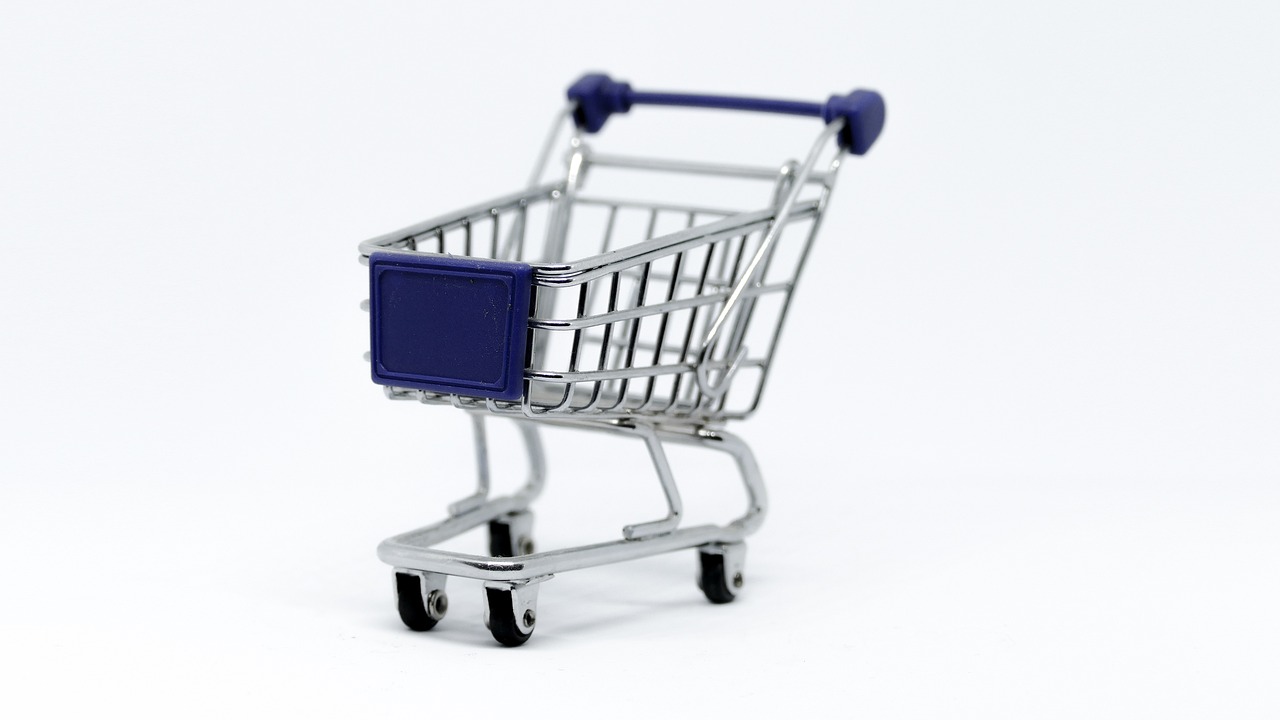Navigating the world of shipping can feel like charting unknown waters. From understanding various shipping options to mastering packaging techniques and keeping costs under control, there’s a lot to consider, whether you’re a small business owner fulfilling online orders or an individual sending a gift to a loved one. This comprehensive guide will demystify the shipping process, providing you with the knowledge and tools you need to ship smarter, save money, and ensure your packages arrive safely and on time.
Understanding Shipping Options
Domestic Shipping
- Standard Shipping: A cost-effective option for non-urgent shipments. Typically delivered within 3-7 business days.
Example: Sending a non-time-sensitive birthday gift across the country.
- Expedited Shipping: Offers faster delivery times, usually within 1-3 business days. Ideal for urgent needs.
Example: Shipping medication or important documents that require immediate delivery.
- Overnight Shipping: The fastest option, guaranteeing delivery by the next business day. Best for emergencies.
Example: Shipping a critical component to a manufacturing plant to avoid production delays.
- Flat Rate Shipping: A fixed price for shipping items regardless of weight or dimensions (within certain limits).
Example: USPS offers flat rate boxes, allowing you to ship items within a specific size range for a set price. This can be very cost-effective for heavier items that fit within the box.
- Regional Carriers: Companies like UPS Ground, FedEx Ground, and regional carriers provide reliable ground shipping options within specific geographic areas.
Example: Consider using a regional carrier if you consistently ship within a specific state or region. They often offer competitive rates and faster transit times within their service area.
International Shipping
- Express International Shipping: The fastest option for international shipments, typically delivered within 1-5 business days.
Example: Sending urgent documents or samples to an international client.
- Standard International Shipping: A more affordable option with delivery times ranging from 6-20 business days.
Example: Shipping apparel or books to an international customer.
- Economy International Shipping: The most economical option, with delivery times that can exceed 20 business days.
Example: Shipping less time-sensitive items, such as promotional materials or bulk orders, to international destinations.
Packaging Your Items Effectively
Choosing the Right Packaging
- Box Size: Select a box that closely matches the size of your item to minimize empty space and reduce shipping costs.
- Box Strength: Choose a box that is strong enough to protect your item during transit. Corrugated cardboard is ideal for most items.
- Packing Materials: Use ample packing materials, such as bubble wrap, packing peanuts, or foam inserts, to cushion your item and prevent it from shifting during shipping.
Example: When shipping fragile items like glassware, use several layers of bubble wrap and ensure there is sufficient cushioning around all sides of the item.
- Specialty Packaging: Consider using specialty packaging for delicate or oddly shaped items, such as padded envelopes, custom-fit foam, or crate.
Example: When shipping artwork, use a specialized art box and secure the artwork with foam corners and acid-free paper.
Sealing and Labeling
- Sealing: Use strong packing tape to securely seal all seams and flaps of the box.
Example: Apply multiple layers of packing tape to the bottom of the box to provide extra reinforcement.
- Labeling: Print clear and accurate shipping labels with the recipient’s full name, address, and phone number. Include your return address.
Example: Always double-check the address for accuracy to avoid delivery delays or misdeliveries.
- Placement: Affix the shipping label to the largest surface of the package, ensuring it is easily visible and not covered by tape or other materials.
Example: Avoid placing the label over seams or flaps of the box, as this can cause it to become damaged or detached during transit.
Managing Shipping Costs
Comparing Rates from Different Carriers
- Online Tools: Use online comparison tools to compare shipping rates from different carriers, such as USPS, UPS, FedEx, and DHL.
- Negotiating Rates: If you ship frequently, negotiate rates with carriers to potentially lower your shipping costs.
- Volume Discounts: Inquire about volume discounts if you ship a large number of packages.
- Example: Many carriers offer business accounts with tiered pricing based on shipping volume.
Minimizing Package Weight and Dimensions
- Lightweight Packaging: Use lightweight packaging materials to reduce the overall weight of your package.
Example: Opt for bubble mailers instead of boxes for lightweight items.
- Dimensional Weight: Be aware of dimensional weight (DIM weight) pricing, which calculates shipping costs based on the package’s volume rather than its actual weight. Carriers often use whichever is greater.
Example: If you are shipping a large, lightweight item, such as a pillow, DIM weight may apply, and you could be charged based on the package’s dimensions rather than its actual weight. To minimize DIM weight charges, use a smaller box or consolidate multiple items into a single package.
Leveraging Free Shipping Options
- Free Shipping Thresholds: Offer free shipping to customers who meet a certain purchase threshold. This can incentivize customers to buy more and offset shipping costs.
Example: Offer free shipping on orders over $50.
- Free Shipping Days: Host free shipping days to attract new customers and boost sales.
- Built-in Shipping Costs: Incorporate shipping costs into the price of your products to offer “free shipping” without actually absorbing the cost.
Tracking and Managing Shipments
Using Tracking Numbers
- Track Packages: Provide customers with tracking numbers so they can monitor the progress of their shipments.
- Proactive Updates: Send proactive updates to customers about their shipment status, such as when the package has been shipped, is in transit, and has been delivered.
- Example: Set up automated email notifications to send customers tracking updates at key points in the shipping process.
- Monitor for Issues: Actively monitor tracking information for any potential issues, such as delays or misdeliveries, and take proactive steps to resolve them.
Insurance and Claims
- Insurance: Purchase shipping insurance to protect against loss or damage during transit.
- Filing Claims: Familiarize yourself with the claims process for each carrier and file claims promptly if necessary.
- Documentation: Gather all relevant documentation, such as receipts, photos of the damaged item, and tracking information, to support your claim.
* Example: When filing a claim for a damaged item, take clear photos of the damaged packaging and the damaged item itself.
Conclusion
Shipping, while often perceived as a complex task, becomes manageable with a clear understanding of the available options, effective packaging strategies, cost-saving techniques, and proactive tracking methods. By implementing the strategies outlined in this guide, individuals and businesses alike can optimize their shipping processes, reduce costs, and enhance customer satisfaction. Remember to stay informed about the latest shipping regulations and best practices to ensure smooth and efficient delivery every time.




